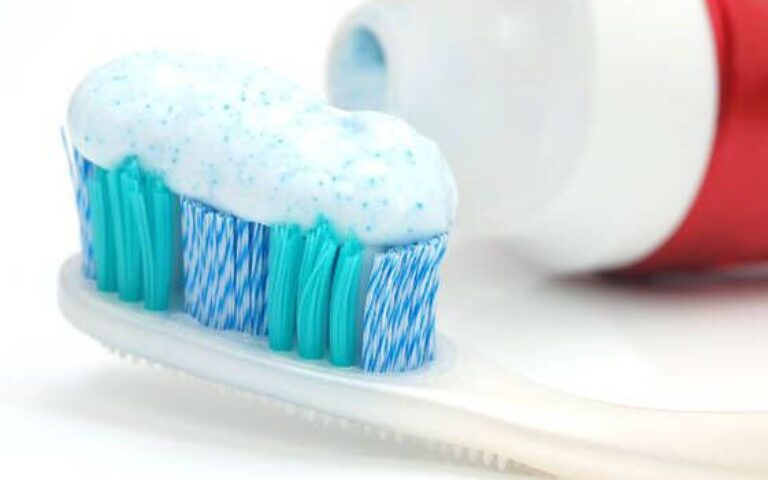There’s a good chance you’ve heard about fluoride from your dentist or seen it in toothpaste ingredients. But what is fluoride? It’s known that fluoride is beneficial for your teeth, but how does it actually work? You’ll find out everything you need to know about this mineral (yes, it’s a mineral), from its benefits to its uses in this article.
Fluoride: what is it?
A naturally occurring mineral, fluoride is found in water, plants, soil, and even in your bones and teeth. It is made up of the element fluorine.
How does it work?
In toothpaste, mouthwashes, and dental treatments, fluoride is used to prevent cavities and tooth decay.
Many communities add fluoride to drinking water in low concentrations to reduce tooth decay. Fluoride can prevent dental cavities when it is below two parts per million in drinking water, according to the Royal Society of Chemistry. Fluoridated water keeps children’s teeth strong and reduces cavities by about 25%.
Fluoride’s Benefits
Your enamel is the thin outer layer of your tooth, the hardest tissue in your body. Fluoride can help protect it from decay. Foods that cause cavities and damaging acids are protected by enamel. Through remineralization, fluoride restores your enamel, making it more resistant to decay, protecting your teeth and preventing cavities.
During the development of infants and children, fluoride strengthens and prevents tooth decay before their teeth even emerge from their gums. Due to its role in creating stronger enamel, fluoride is also able to protect teeth from cavities once they surface.
It helps keep bones and teeth strong – Fluoride plays an important role in mineralization, which accounts for nearly 99% of fluoride in the body. The mineral fluoride is an essential part of this process and works to keep bones and teeth strong. Our bodies naturally go through the process of demineralization, then remineralize to keep them strong.
By creating an acidic environment, fluoride can reduce the growth of bacteria that cause tooth decay. Lower pH levels create an acidic environment, making it difficult for bacteria to survive.
How safe is it?
It is safe and effective to use fluoride as directed to prevent tooth decay. However, consuming too much fluoride during tooth formation can lead to fluorosis, a non-harmful white spot on your teeth.
If you’ve had too much fluoride, it can be toxic. The threshold of toxic intake is set at 5 mg/kg body weight, but since children are smaller they are more susceptible to such intoxication – though this is unlikely if precautions are taken. To be safe, keep any fluoridated products away from children and use a pea-sized amount of toothpaste on their toothbrush.
The Final Verdict
Fluoride is a naturally occurring mineral that combats tooth decay effectively. To prevent cavities and fight decay, we recommend brushing your teeth twice a day with fluoride toothpaste and our brushes. You can find it in dental products and public water throughout the United States.




